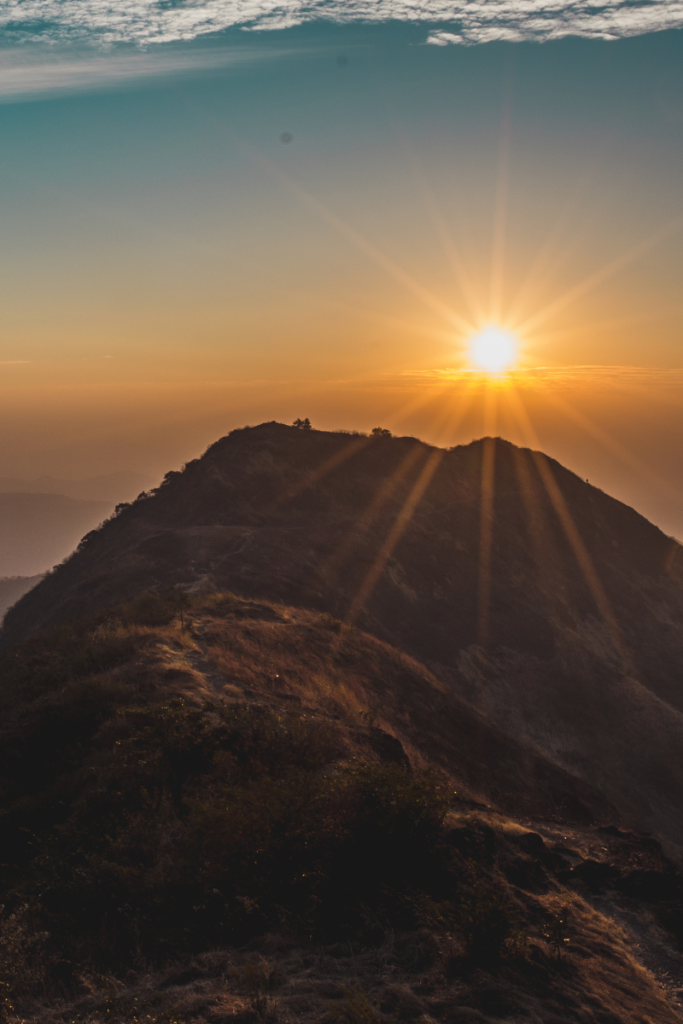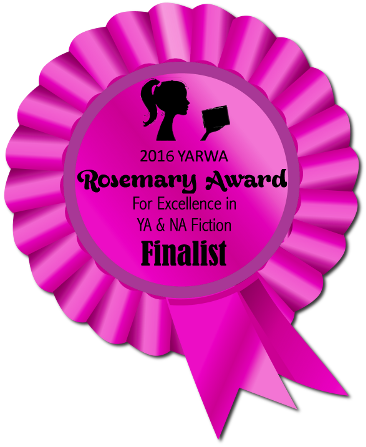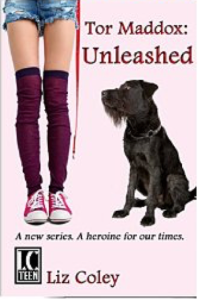
Photo by Ani Adigyozalyan on Unsplash
Cave dwellings have been an enduring feature throughout human history, and ancient Armenia holds a rich tapestry of these remarkable habitations. Inspired by the cave dwellings that once adorned the landscapes of ancient Armenia and its neighboring regions, I felt compelled to breathe life into a cave village within the pages of my young adult fantasy novel. Nestled in the enchanting Ar-Haya Highlands – a fictional village I created that was influenced by the captivating landscapes of the Armenian Highlands – this cave village serves as a pivotal setting in my novel, immersing readers in a world where echoes of ancient history intertwine with the realms of fantasy.
Cave dwellings in Armenia date back to the Stone Age. Armenia is home to many natural caves, some of which are large and deep enough to accommodate human habitation. These natural rock formations were used as shelters by early peoples who carved out living spaces, storage areas, and even places of worship inside them, providing protection from harsh weather and predators.
The oldest known cave dwelling in Armenia is the Areni-1 cave complex, which dates back to earlier than 4000 BC. This cave complex, located in the Vayots Dzor Province of Armenia, was used as a burial site and is known for its well-preserved artifacts, including pottery, baskets, and clothing. Another famous cave dwelling in Armenia is the Old Khndzoresk Cave Village. Located in the Syunik Province of Armenia, this village consists of many interconnected caves, which were used as homes, schools, and even churches.

Photo by Hasmik Ghazaryan Olson on Unsplash
These cave dwellings were a symbol of early human adaptability and ingenuity. The ability to carve out living spaces from natural rock formations is a testament to the resourcefulness of the ancients, who were able to thrive in even the harshest of environments, and one of the main reasons I wanted to include such a village in my fantasy. Within the pages of my novel, the cave-encased village nestled between two mountains holds significant importance to the plot. Within the village lie two ancient temples, each playing a paramount role. One temple serves as a portal, a gateway to the gods, while the other serves as a sanctuary for hidden magic wielders. These two sacred spaces become instrumental in the quest to save the Ar-Haya Highlands from an evil sorcerer. This inclusion of the cave village in the story serves not only as a crucial plot element but also as a symbolic tribute to the resilience and perseverance of the people who inspired its creation.
By incorporating the cave village into my novel, I hope to evoke a sense of wonder and appreciation for the historical and cultural legacy of these remarkable dwellings.













